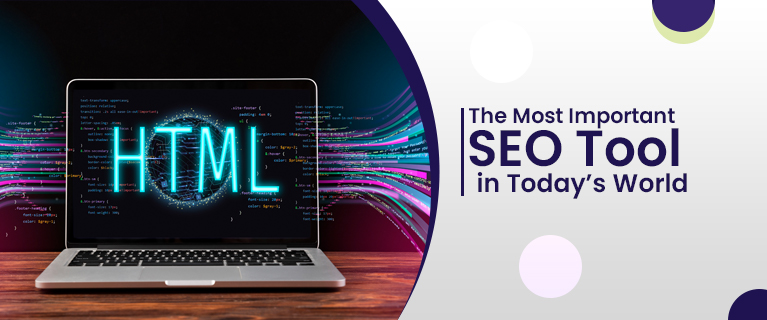The ever-changing landscape of SEO sparks frequent concerns within the community whenever a new Google update emerges. Unlike the era of Panda, Penguin, or Fred, contemporary updates often lack specific actionable insights. The once straightforward and rule-bound realm of SEO, governed by metrics like word count, keyword density, and backlinks, has transformed. Google’s algorithm has transcended numerical calculations, adopting a more human-centric approach, aligning with the evolving needs and preferences of its users.
In the relentless pursuit of algorithmic perfection, the SEO community has found itself in a perpetual state of catch-up. While practitioners diligently analyze and attempt to decipher Google’s current ranking formula, the search giant continues its forward march, emphasizing a departure from mere numerical considerations. Google’s trajectory now emphasizes user satisfaction and intent, ushering in an era where numbers play a diminished role.
During a recent SEO conference, Google’s Search Liaison Danny Sullivan encapsulated this shift, stating, “Our systems are chasing what people like. If you chase the algorithm, you’re behind. If you chase what people like, you’re ahead of the algorithm.” This sentiment underscores a fundamental shift from algorithm-centric practices to a user-centric mindset.
Despite the enduring relevance of certain metrics, such as search volume and the value of high-quality backlinks, Google’s repeated assertion that it’s about people, not just search engine optimization, reverberates. Sullivan’s call to “just be the best you can for your readers” signals a departure from traditional SEO methodologies.
Enter the era of Human-Centered Optimization (HCO), where the focus extends beyond algorithms to prioritize user experience. The most recent update, aptly named the Helpful Content Update, prompted predictable complaints from webmasters witnessing a decline in rankings. The ensuing dialogue between disgruntled webmasters and seasoned SEO experts often revealed a stark contrast. Webmasters lamented metric differentials, while experts, adopting a more human perspective, evaluated content based on its helpfulness and uniqueness.
The solution to navigating this evolving landscape lies in transcending the reliance on a plethora of tools and embracing a more intuitive, human-centered approach. To achieve a people-first website, it’s imperative to step away from the confines of spreadsheets and critically evaluate the user experience.
Envisioning oneself as a target audience member, navigating the website from the homepage or a search-landing page, provides invaluable insights. Identifying potential pain points, whether they involve overwhelming text, navigation challenges, or intrusive pop-ups, requires a shift in perspective. This exercise demands a departure from the role of an SEO expert and encourages viewing the website through the eyes of an ordinary visitor.
While this analytical approach may prove challenging for some, the benefits of adopting a user-first mindset are undeniable. For those finding it challenging to detach from their familiarity with the website, seeking an external party for an in-depth User Experience (UX) analysis becomes a viable option. The goal is to gain fresh and objective insights, ensuring that the website resonates with its audience on a human level.
In essence, the evolving landscape of SEO beckons a paradigm shift. The era of Human-Centered Optimization encourages a holistic approach, transcending numerical metrics to prioritize user satisfaction. The path to online success lies in embracing a balance between technological tools and the intuitive understanding of what resonates with the human audience.



